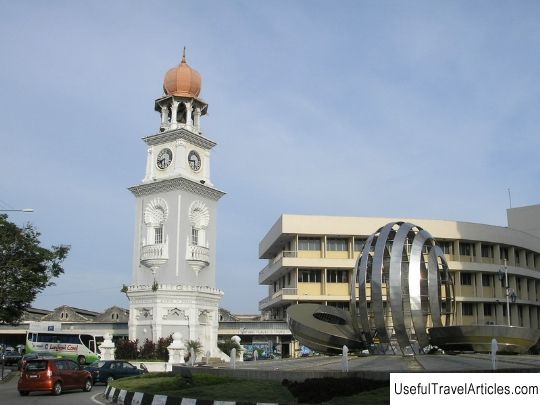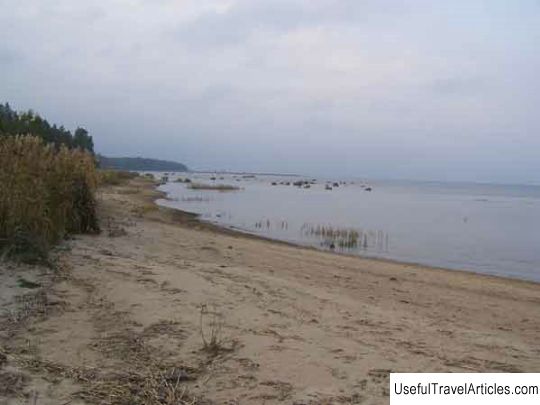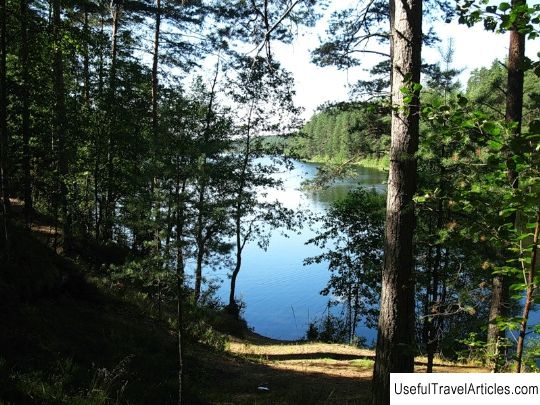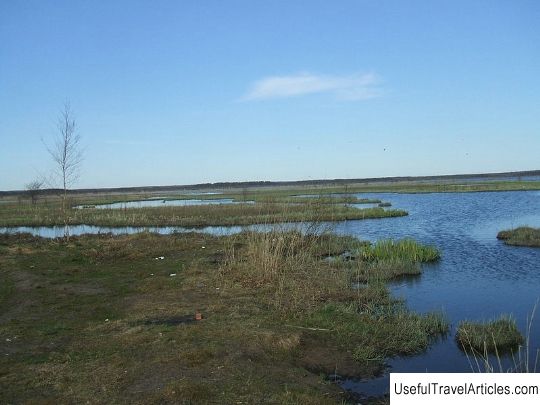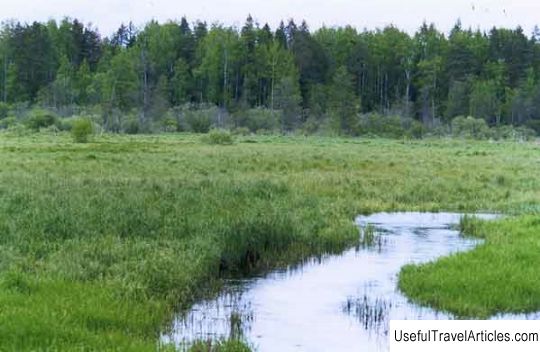Reserve ”Levashovsky forest” description and photos - Russia - St. Petersburg: Kurortny district
Rating: 7,5/10 (400 votes) 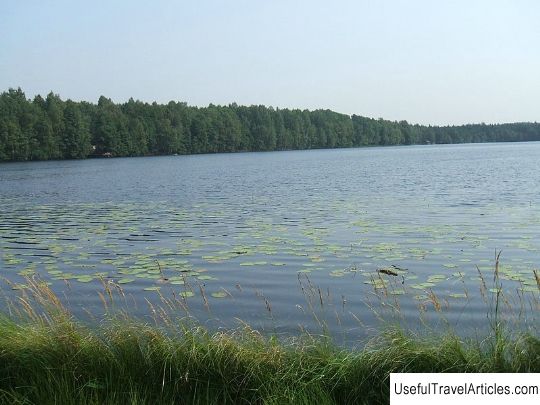
Nature reserve "Levashovsky forest" description and photos - Russia - St. Petersburg: Kurortny district. Detailed information about the attraction. Description, photos and a map showing the nearest significant objects. Photo and descriptionLevashovsky forest is a large array of meadows, forests, lakes, swamps, rivers, located in Setroretsk. The reserve is rarely visited and almost not explored. Elks, wolves, foxes, wild boars and bears live here. According to a comprehensive survey carried out in 2009-2010, the main part of the reserve is a plain located 10-14 m above the surface of the Gulf of Finland. Previously, there was a bay of the Litorin Sea, the predecessor of the Baltic Sea. Above it was the Novoselkovsky hillock, which is a sandy ridge, where the village of Novosyolki is currently located. In the south was the Gorsky Island, and in the northwest - the Pine Hill. At the bottom of the Litorin Sea, githium clay was deposited under a layer of sand, sandy loam and loam. Small ridges remained from glacial deposits washed out by sea waves. They are often dotted with boulders. When the sea receded, terrestrial vegetation began to grow at its bottom, soil began to form, and peat accumulated. Numerous peat bogs have been formed over several thousand years. The largest of them is Bolshoye Markovo. It has peat deposits of more than 5 m. Most of the Levashovsky forest is characterized by peat and boggy. This is due to the low elevation marks relative to the level of the Sestroretsk Razliv, which, since 1723, has been constantly flooding these territories. Back in 1987, it was proposed to make the Levashov forest a protected area. The territory of the reserve adjoins the bank of the Sestroretsk spill from the south, where the monument "Lenin's Shalash" is located (around it is a protected area). Much has changed in the vicinity of the lake in 70 years. Previously, meadows stretched here, where mows were allocated for the workers of the Sestroretsk arms factory. Many locals kept cows, some of them horses. The mows stretched from Tarkhovka to Chernaya Rechka. They covered an area of almost 700 hectares. With the onset of haymaking, the whole families of workers went to their plots. In order not to return home for the night, here they built huts for themselves and spent the night in them for a week or two. Next to each hut there was a hearth of stones for cooking. After haymaking, the meadows were empty. When they stopped driving livestock, the need for mowing disappeared, the meadows were abandoned and began to gradually overgrow with trees and shrubs. After the end of the war, the forestry enterprise carried out massive forest plantations. There was always a drainage network here, but there was no particular effect from it, the forest lowlands continued to swamp. And now hundreds of hectares of the reserve are occupied by dense, practically impenetrable forest. The virgin forest in these places was cut down for the construction and further operation of the plant. Nowadays, the former meadows have turned into a forest again. At the end of the 20th century, they began to create a forest-park zone "Razliv" here and made an attempt to carry out drainage measures by laying a network of drainage trenches. But due to the low slope for water flow, they still swamped. The flora of the reserve is represented by all the main tree species that are found in the North-West of the European part of Russia. These are birch, spruce, pine, alder, aspen. A dwarf birch, a plant characteristic of the forest-tundra, grows in the swamps. Along the Chernaya River, which flows into the Sestroretsk Razliv, willow and tall grass meadows grow. There are also broad-leaved tree species such as oak, maple, elm, linden in the forests. On the Novosyolkovskaya ridge there are larch and small oak groves. Of particular value are areas of mature spruce forests, here the age of trees is about 150 years, which is very rare for the territory of St. Petersburg. 25 plant species of the reserve are protected. In the shallow waters of Lake Glukhoye, there are the thorny hemp and Dortmann's lobelia, which are listed in the Red Book. 128 species of lichens and 136 species of mosses grow here. The fauna is represented by 4 species of amphibians, 2 species of reptiles, 128 species of birds, incl. migratory, 31 species of mammals. Here you can meet the osprey protected in Russia, the great curlew, such predators as goshawk, sparrowhawk, hobby, buzzard, long-eared owl, common kestrel nest. Such rare species of bats as northern leather jackets and water bat are subject to protection. The muskrat, European beaver, black polecat, hedgehog, badger, water cooler and large mammals have bred well.      We also recommend reading Arctic Cathedral description and photos - Norway: Tromso Topic: Reserve ”Levashovsky forest” description and photos - Russia - St. Petersburg: Kurortny district. |
